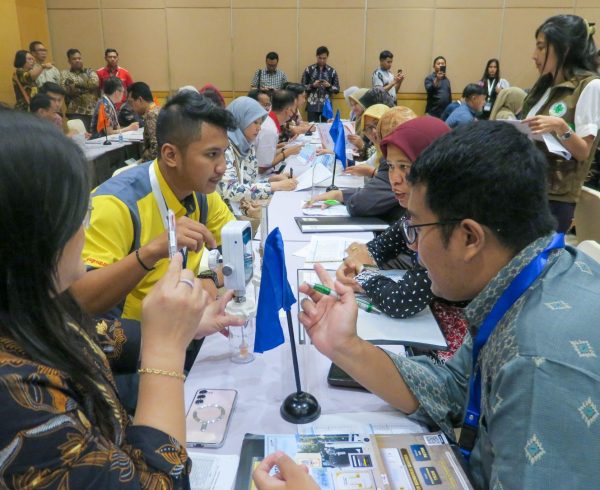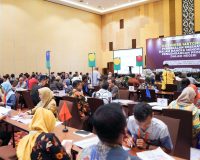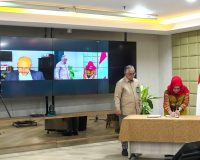The Ministry of Health's policy is Health System Transformation 2022-2024 with 6 (six) pillars, one of which is the transformation of the health security system, namely increasing the resilience of the pharmaceutical and medical device sector. To achieve this, one of the main programs at the Directorate of Pharmaceutical and Medical Device Resilience is to meet and develop the 10 largest medical devices by volume and by value, including those developed from the results of domestic medical device research.
In addition, efforts are also made to develop biological products, which in 2022 have targeted 4 biological products, namely EPO, insulin gargline, enoxaparin, and rituximab which will then be achieved 10 products by 2024 (cumulative).
To encourage pharmaceutical and medical device resilience, the Ministry of Health makes 3 (three) policies, namely policies related to research and development, policies related to production, and policies related to market assurance.
Wednesday, September 13, 2022 The Directorate General of Pharmaceuticals and Medical Devices through the Directorate of Pharmaceutical and Medical Device Resilience held an ABGC Synergism activity in the Context of Developing Domestic Medical Device Innovation and Preparation for Technology Transfer of Biological Products in Jakarta.
Besides being attended by online participants through Zoom Meeting, this meeting was also attended by pharmaceutical industries that have and will develop biological products, participants from the Ministry of Health, Universities/Research Institutions, Associations (GP Farmasi), BPOM, and BRIN.
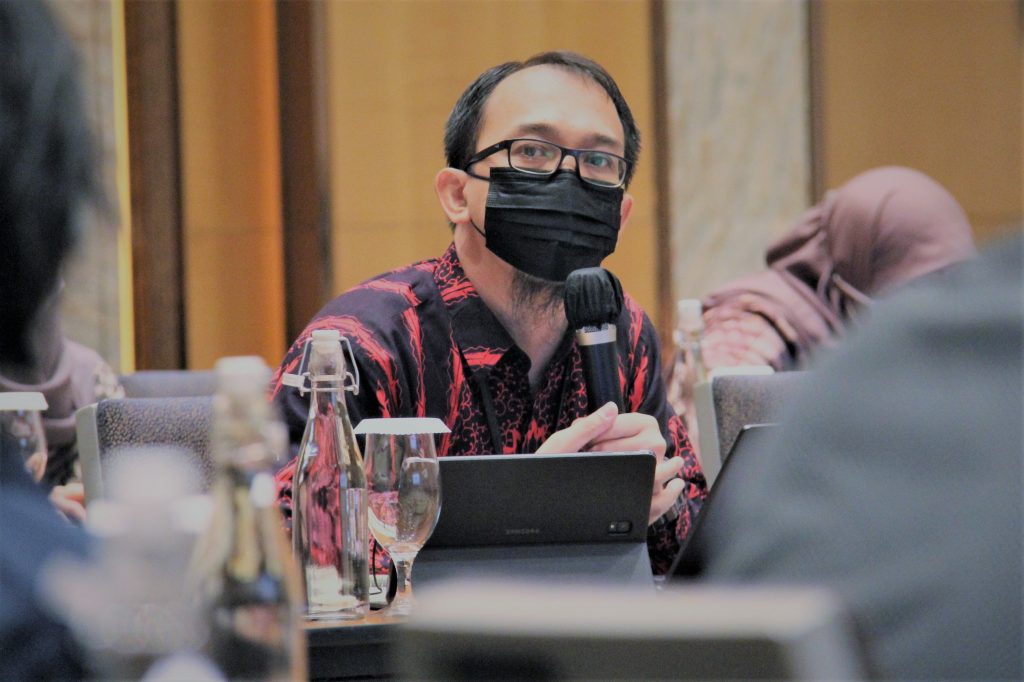
Director of Pharmaceutical and Medical Device Security, Roy Himawan in his report conveyed the outputs of this meeting, namely:
- Socialization of policies to accelerate the development and downstreaming of medical devices and biological products in the context of pharmaceutical and medical device resilience.
- Socialization of premarket regulation of domestic medical devices and postmarket control of domestic medical devices.
- Dissemination of best practices of various domestic medical device downstream models from medical device research.
- Dissemination of medical device research results from various universities.
- Monitor and analyze data related to the achievement of Activity Performance Indicator 14, namely the number of the 10 largest domestically produced medical devices and diagnostic devices.
- Obtain input from industry regarding research needs in the field of biotechnology.
- Get input related to research financing and downstream biological products.
- Synergizing and coordinating biological product research between industry and research institutions/universities.
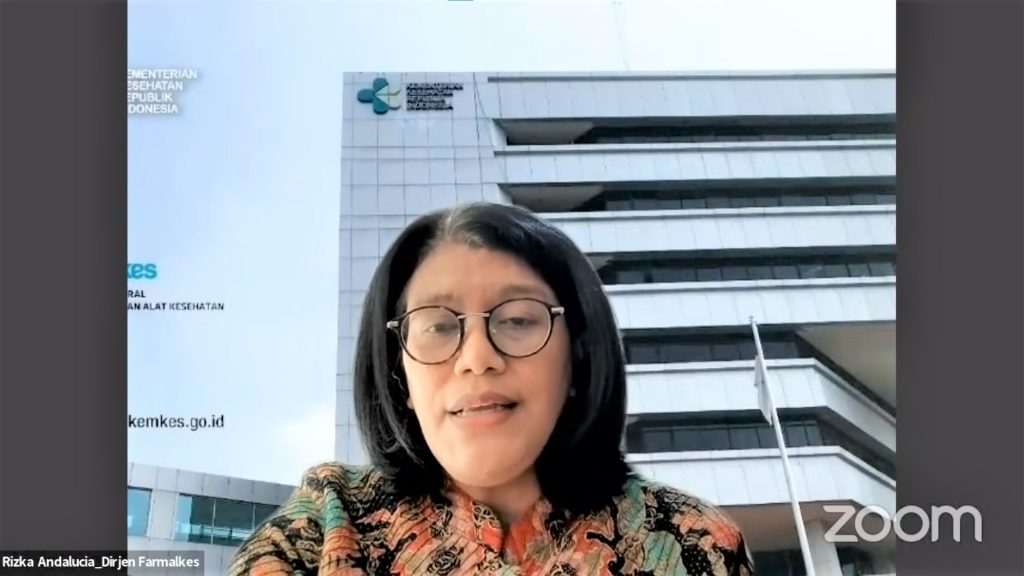
In her remarks, Director General of Pharmaceuticals and Medical Devices L. Rizka Andalucia gave directions that in realizing independence in the field of biotechnology, close synergism between the Government, industry, researchers and universities / higher education institutions is needed. "We can share tasks according to our respective competencies and capacities. How to make research in universities not only limited to the final assignment of study but can be downstreamed by industry," said Rizka.
In addition, he also added that the Government has carried out various programs and affirmative efforts to encourage the use of domestic drugs and medical devices, so that they can contribute positively to Indonesia's economic growth, absorb labor, advance and develop the domestic medical device industry, and strengthen economic competitiveness both nationally and globally.


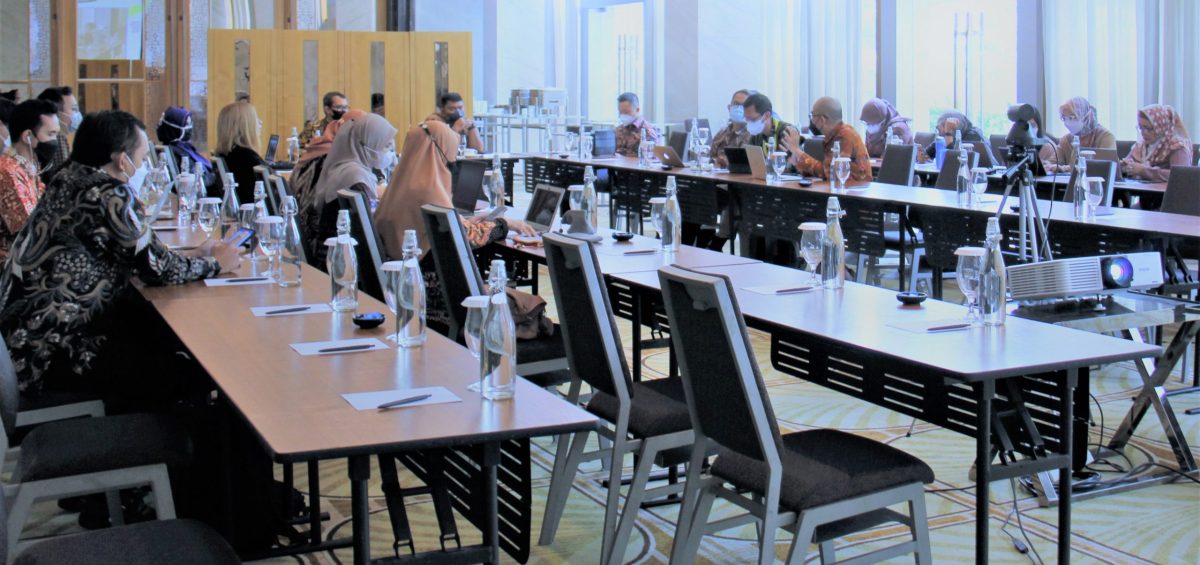 The Directorate General of Pharmaceuticals and Medical Devices through the Directorate of Pharmaceutical and Medical Device Resilience held an ABGC Synergism activity in the Context of Developing Domestic Medical Device Innovation and Preparation for Technology Transfer of Biological Products in Jakarta, September 13, 2022.
The Directorate General of Pharmaceuticals and Medical Devices through the Directorate of Pharmaceutical and Medical Device Resilience held an ABGC Synergism activity in the Context of Developing Domestic Medical Device Innovation and Preparation for Technology Transfer of Biological Products in Jakarta, September 13, 2022.


